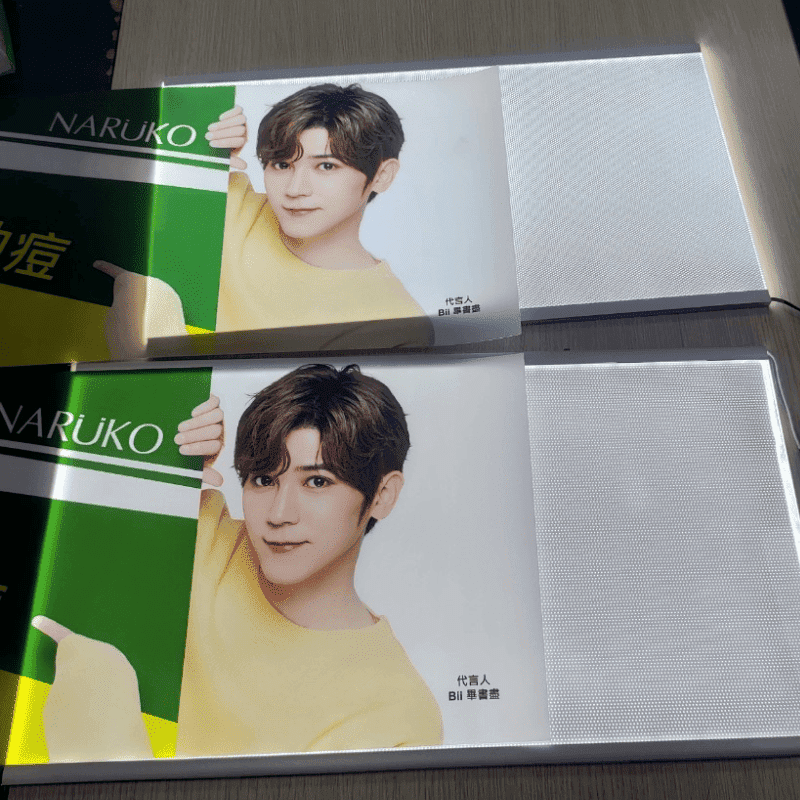
Light Guide Plate Application
Your Product
| Thickness | 5mm | ||
|---|---|---|---|
| Max Size (w x h) | 2400 x 1200 mm3000K / 4000K / 6500K | ||
| Color Temperature | 3000K / 4000K / 6500K / Customized | ||
| Light Type | Edge-lit LED, with light guide plate (LGP) | ||
- All products are made in Taiwan (MIT).
- 2-year warranty for LED products.
1What is the maximum size of a light guide plate?
The maximum size(w x h) of a light guide plate is 2400 x 1200 mm.
2 Is it a must to use a transformer for my light guide plate?
Yes. In the case of a guide plate, the transformer is necessary to convert the high voltage, low current AC power supply that is typically found in homes and offices to the low voltage, high current DC power supply that is required by most LED light guide plates.
In general, the AC voltage is 110~220V, while the LED products are DC12V, so it is necessary to convert the voltage by transformer to avoid causing the LEDs to overheat or causing an electrical shock.
3 What is the mechanism of a laser dot light guide plate?
A laser dot light guide plate is a type of optical component that is used to distribute light evenly across a surface. It consists of a thin acrylic or polycarbonate plate with a series of laser-engraved dots on one surface, which act as tiny reflectors to guide the light through the plate.
The mechanism of a laser dot light guide plate is based on the principle of total internal reflection. When light enters the plate from one edge, it undergoes multiple reflections off the laser-engraved dots, which redirect the light in different directions across the plate. The light continues to reflect off the internal surfaces of the plate until it exits the opposite edge, producing a uniform, diffused light output.
.png)
.png)
.png)
.png)
.png)
.png)
.png)
.png)